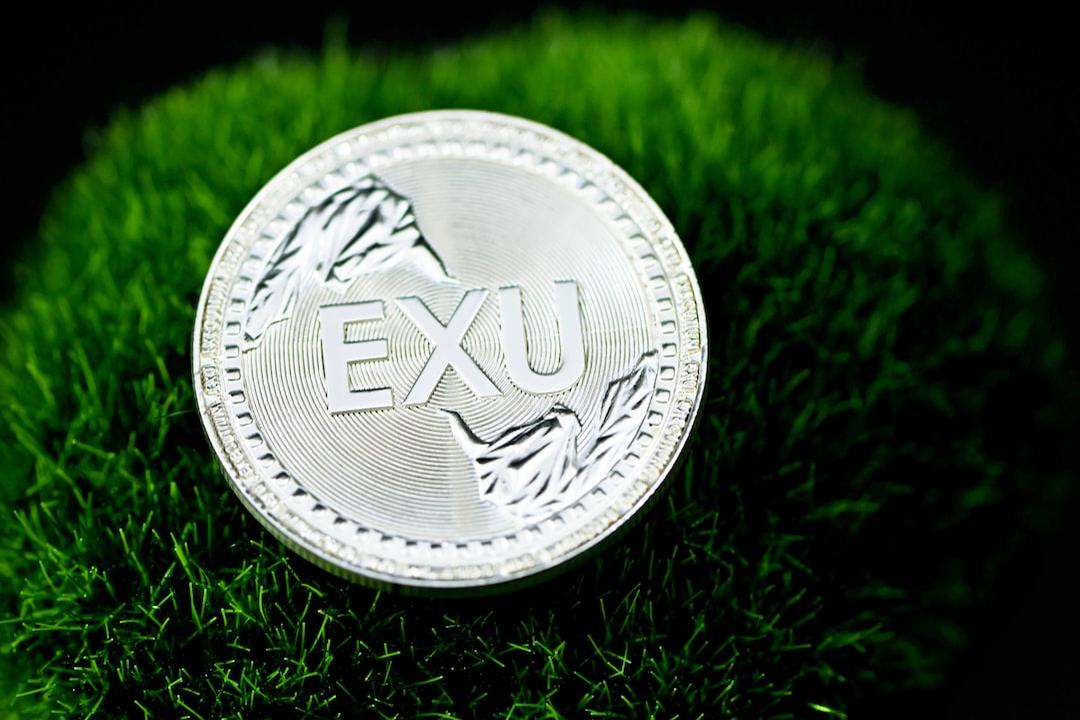As Global Economic Uncertainty Rises, Bitcoin Prices Remain Strong
Amidst soaring global economic uncertainty, the price of Bitcoin has demonstrated resilience, recently showing a significant increase in correlation with gold while its correlation with tech stocks has declined. This strongly suggests that Bitcoin is accelerating towards its positioning as “digital gold,” attracting attention for its hedging potential.
(Background: Bitcoin fell below $93,000; this week focuses on the earnings reports of the tech giants, U.S. employment, and the delicate U.S.-China tariff war.)
(Context: Sovereign funds went on a buying spree for Bitcoin in April; Coinbase executives cite three factors for the influx of funds into BTC, as its correlation with U.S. stocks is weakening.)
Bitcoin’s Correlation Shift: Breaking Away from Tech Stocks, Aligning with Gold
In recent months, Bitcoin’s price fluctuations have often been highly correlated with tech stocks, particularly the Nasdaq 100 index. However, the latest market data reveals that this relationship is undergoing a structural change.
According to CoinDesk market analysis, Bitcoin’s 30-day correlation with gold has risen to 0.70, significantly higher than its 0.53 correlation with the Nasdaq 100. AInvest data also indicates that Bitcoin’s correlation with the S&P 500 index has decreased to 0.65.
Overall, recent data shows that Bitcoin and gold are becoming more closely aligned. This change may reflect a renewed understanding in the market of Bitcoin’s attributes, as the narrative of “digital gold” is rapidly taking shape, with more investors beginning to view it as a potential safe-haven asset.
Hedging Appeal and Challenges Amid Economic Headwinds
The International Monetary Fund (IMF) projects a slowdown in global economic growth by 2025. At the same time, economic analyses point to a deceleration in global goods transportation due to tariffs, further exacerbating uncertainty in the economic outlook.
In this environment, demand for traditional safe-haven assets like gold naturally increases. Expert opinions, such as those from JPMorgan analysts, emphasize that gold exhibits stronger demand during periods of economic uncertainty, while Bitcoin, as a non-sovereign digital asset, gradually becomes more attractive to investors seeking a hedge due to its lack of control by any single country.
However, the narrative of Bitcoin as a safe-haven asset still faces significant challenges, the most prominent being its extreme volatility, which contradicts gold’s image as a stable store of value over millennia. Some institutions and economists remain skeptical of its hedging status, arguing that speculative components are still heavy, while regulatory uncertainty, technological risks, and energy consumption issues also hinder its widespread acceptance as a mainstream safe-haven asset.
In this era of change, Bitcoin’s journey and the evolution of its market positioning undoubtedly represent an important chapter in the history of digital asset development.



